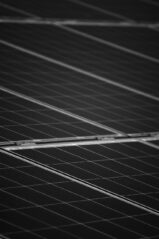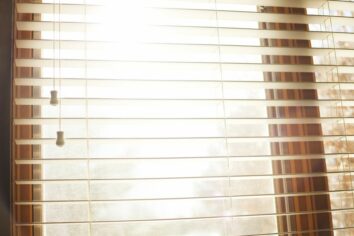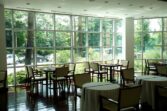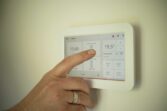Lampor på kontoret – En grundlig översikt
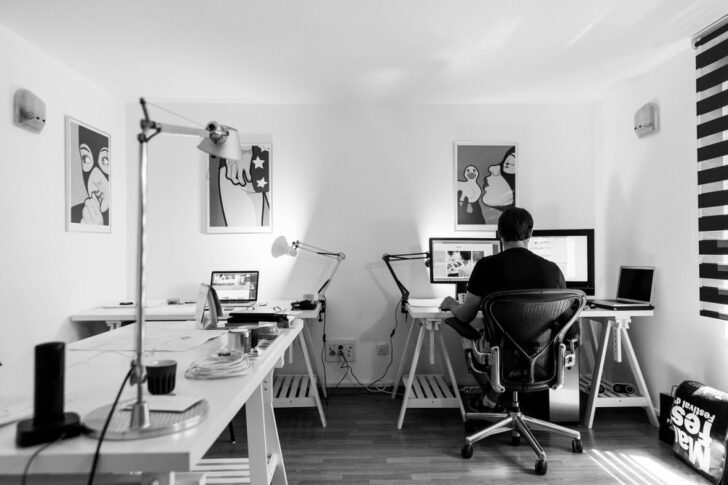
Illuminating the Workplace: A Comprehensive Guide to Office Lighting
Introduction:
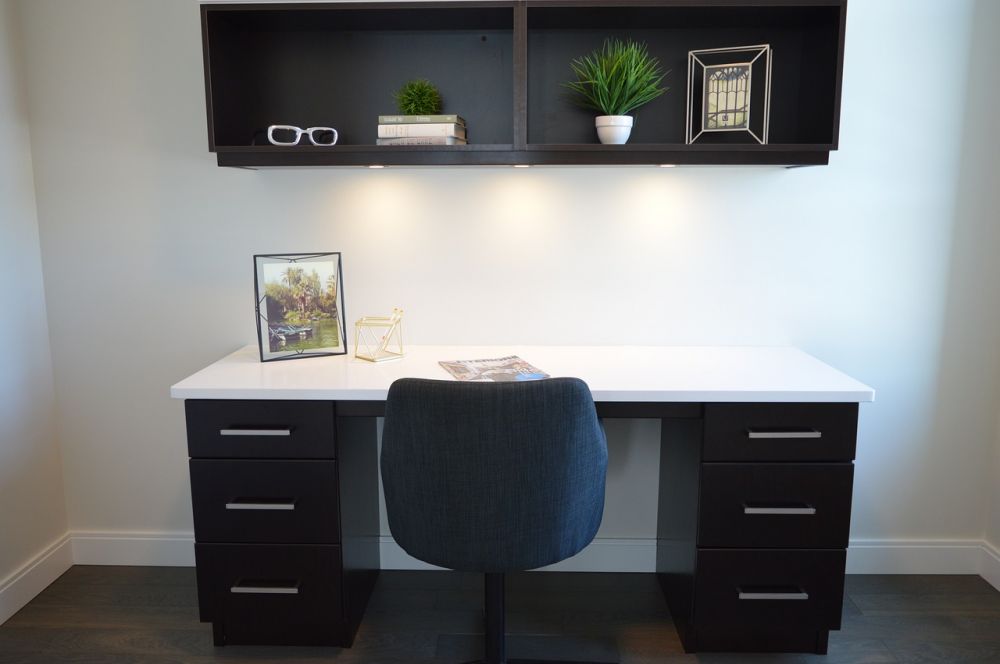
Office lighting is an integral part of creating a productive and comfortable work environment. It not only affects the visual comfort of employees but also plays a significant role in enhancing their overall well-being and productivity. In this article, we will provide a thorough overview of office lighting, covering its types, popularity, quantitative measurements, differences, and historical analysis of advantages and disadvantages.
Understanding Office Lighting
To begin with, it is essential to understand what office lighting entails and its significance. Office lighting refers to the deliberate illumination of workspaces within office buildings, focusing primarily on providing adequate visibility, reducing eye strain, and creating an ambiance conducive to work. It encompasses various types of lighting fixtures, such as task lighting, ambient lighting, and accent lighting.
Types of Office Lighting
1. Task Lighting: Task lighting refers to lights that are specifically designed to illuminate a particular work area, such as desks, tables, or workstations. It provides focused lighting, enhancing visibility and reducing eye fatigue. Popular task lighting options include desk lamps, under-cabinet lights, and pendant lights.
2. Ambient Lighting: Ambient lighting is general, soft lighting that illuminates the entire office space. It sets the overall mood and provides a comfortable level of brightness for the employees. Popular ambient lighting options include overhead lights, recessed lights, and track lighting.
3. Accent Lighting: Accent lighting is used to highlight specific decorative elements or focal points within the office space. It adds visual interest and enhances the aesthetics of the workplace. Common accent lighting options include track lights, wall sconces, and display lights.
Quantitative Measurements of Office Lighting
In order to ensure optimal lighting conditions, it is crucial to consider the quantitative measurements associated with office lighting. These measurements help determine the appropriate level of lighting required for different tasks and areas within the office.
1. Lux: Lux is the metric unit used to measure the intensity of light falling on a surface. It denotes the amount of light that illuminates a square meter area. Different tasks may require varying lux levels, such as 500 lux for general office work and up to 1000 lux for more detailed tasks.
2. Color Temperature: Color temperature is measured in Kelvin (K) and refers to how warm or cool the lighting appears. Typically, cooler color temperatures (5000-6000K) are preferred for offices as they promote alertness, while warmer color temperatures (2700-3000K) create a more relaxed atmosphere.
Differentiating Office Lighting Options
While office lighting serves the common purpose of providing illumination in a workspace, there are distinct differences between various options available. These differences can impact factors such as energy efficiency, control, and aesthetics.
1. Traditional vs. LED Lighting: Traditional lighting, such as fluorescent tubes, has been widely used in offices for years. However, LED lighting has emerged as a more energy-efficient and cost-effective alternative. LEDs offer longer lifespan, better color rendering, and the ability to control lighting levels.
2. Natural Light vs. Artificial Light: Integrating natural light sources, such as windows or skylights, can significantly enhance the office environment. Natural light not only reduces reliance on artificial lighting but also positively affects employees’ mood and productivity. However, it is essential to balance natural light with appropriate shading and artificial lighting to avoid glare and uneven lighting conditions.
Historical Analysis of Pros and Cons
An understanding of the historical perspective of office lighting can shed light on its advantages and disadvantages over time. Let’s delve into the evolution of office lighting from the past to the present:
1. Incandescent Lighting: In the early years, incandescent bulbs were commonly used in offices. They provided warm and comforting light but were highly inefficient and had a short lifespan.
2. Fluorescent Lighting: Fluorescent lighting gained popularity due to its energy efficiency. However, it emitted harsh, flickering light, causing eye strain and discomfort for some employees.
3. LED Lighting: The advent of LED lighting brought about a revolution in office lighting. LEDs are energy-efficient, long-lasting, and offer greater flexibility in terms of color temperature and control options.
Conclusion:
Office lighting plays a vital role in creating a conducive and comfortable work environment. Understanding the different types of office lighting, their quantitative measurements, and historical advantages and disadvantages can help individuals make informed decisions when it comes to illuminating their workspace. By prioritizing the right lighting options, employers can contribute to enhancing employee productivity, well-being, and satisfaction.
Word Count: 582 words
FAQ
What are the advantages of LED lighting in offices?
What are the different types of office lighting?
What is office lighting?
Fler nyheter
Totalentreprenad i energilösningar: En hållbar framtid för fastighetsägare
Illuminating the Workplace: A Comprehensive Guide to Office Lighting Introduction: Office lighting is an integral part of creating a productive and comfortable work environment. It not only affects the visual comfort of employees but also plays a sig...
07 juli 2025
Luftvärmepumpar: En effektiv lösning för energibesparing och komfort
Illuminating the Workplace: A Comprehensive Guide to Office Lighting Introduction: Office lighting is an integral part of creating a productive and comfortable work environment. It not only affects the visual comfort of employees but also plays a sig...
04 juli 2025
Flyttfirma Stockholm – rätt val vid adressbyte
Illuminating the Workplace: A Comprehensive Guide to Office Lighting Introduction: Office lighting is an integral part of creating a productive and comfortable work environment. It not only affects the visual comfort of employees but also plays a sig...
03 juli 2025
Persienner i Stockholm: Ett praktiskt och estetiskt val
Illuminating the Workplace: A Comprehensive Guide to Office Lighting Introduction: Office lighting is an integral part of creating a productive and comfortable work environment. It not only affects the visual comfort of employees but also plays a sig...
02 juli 2025
